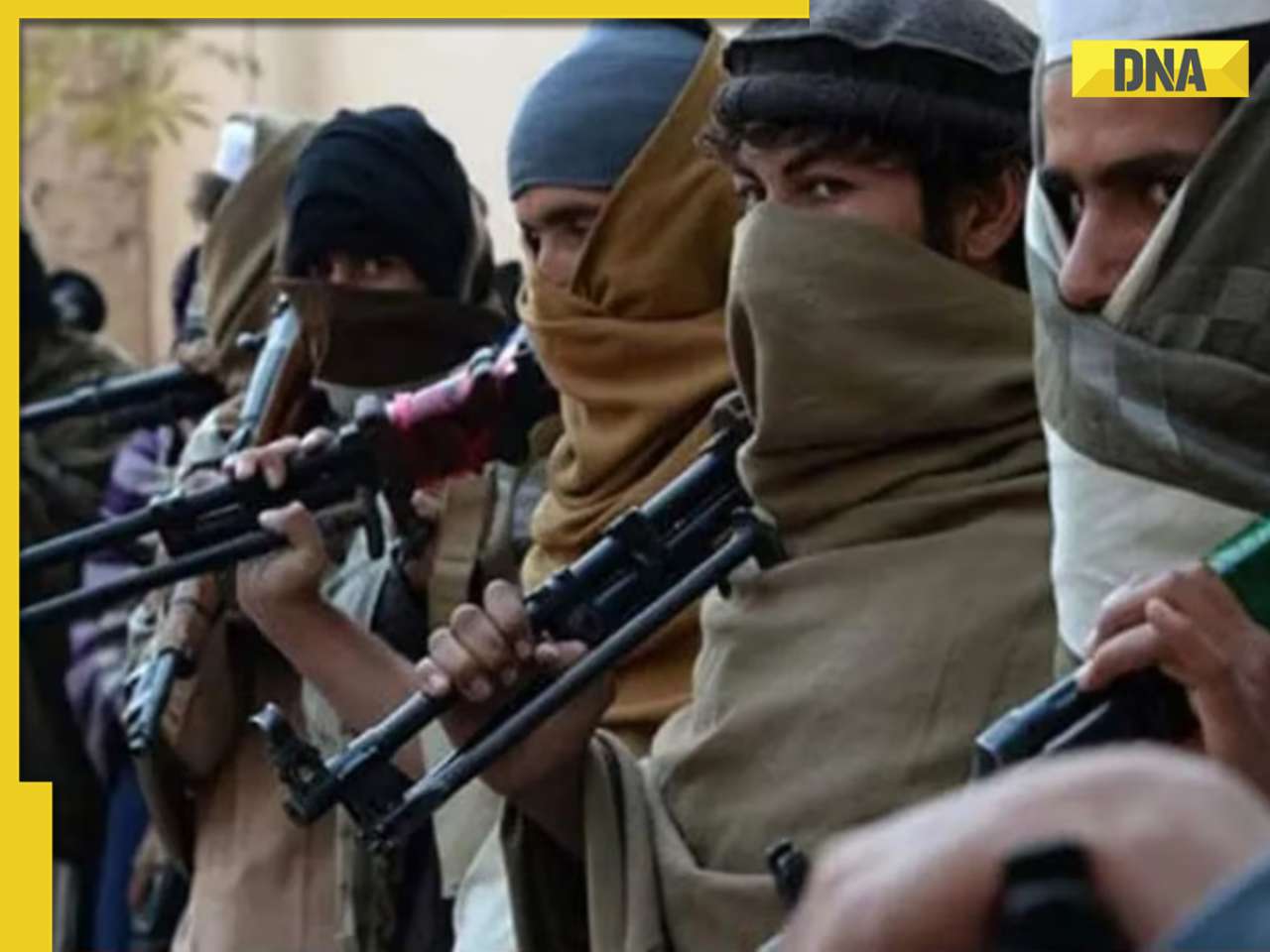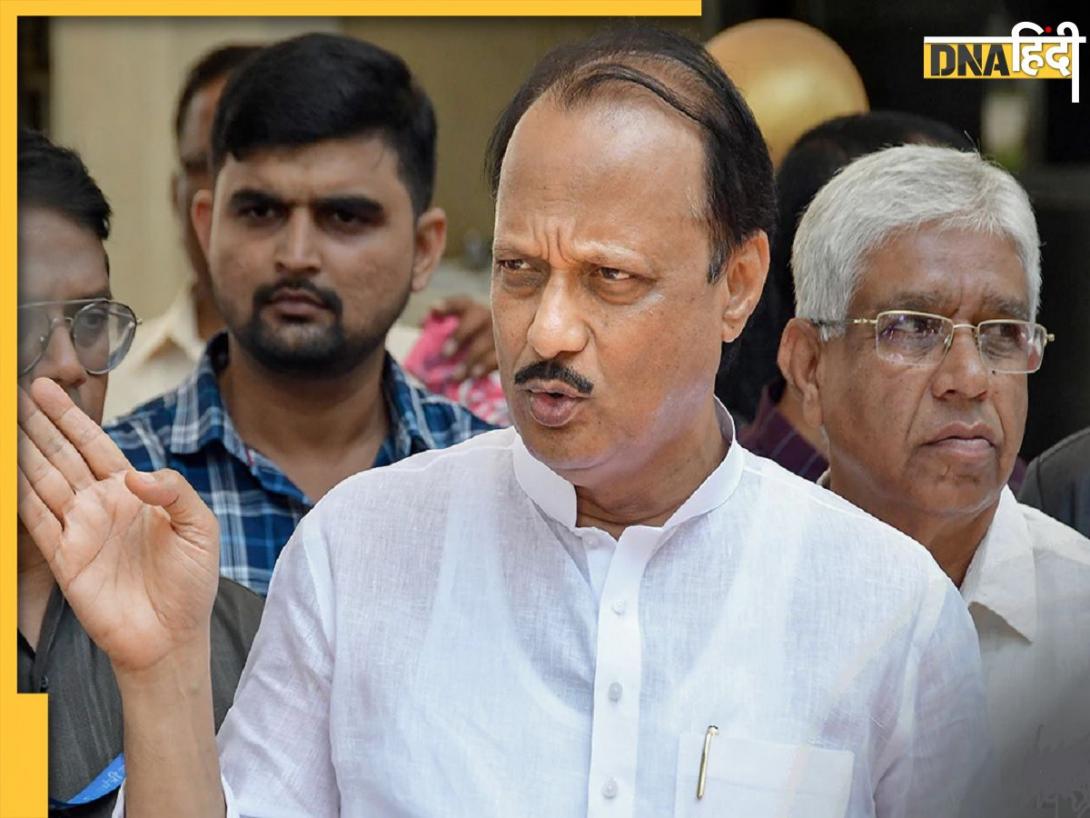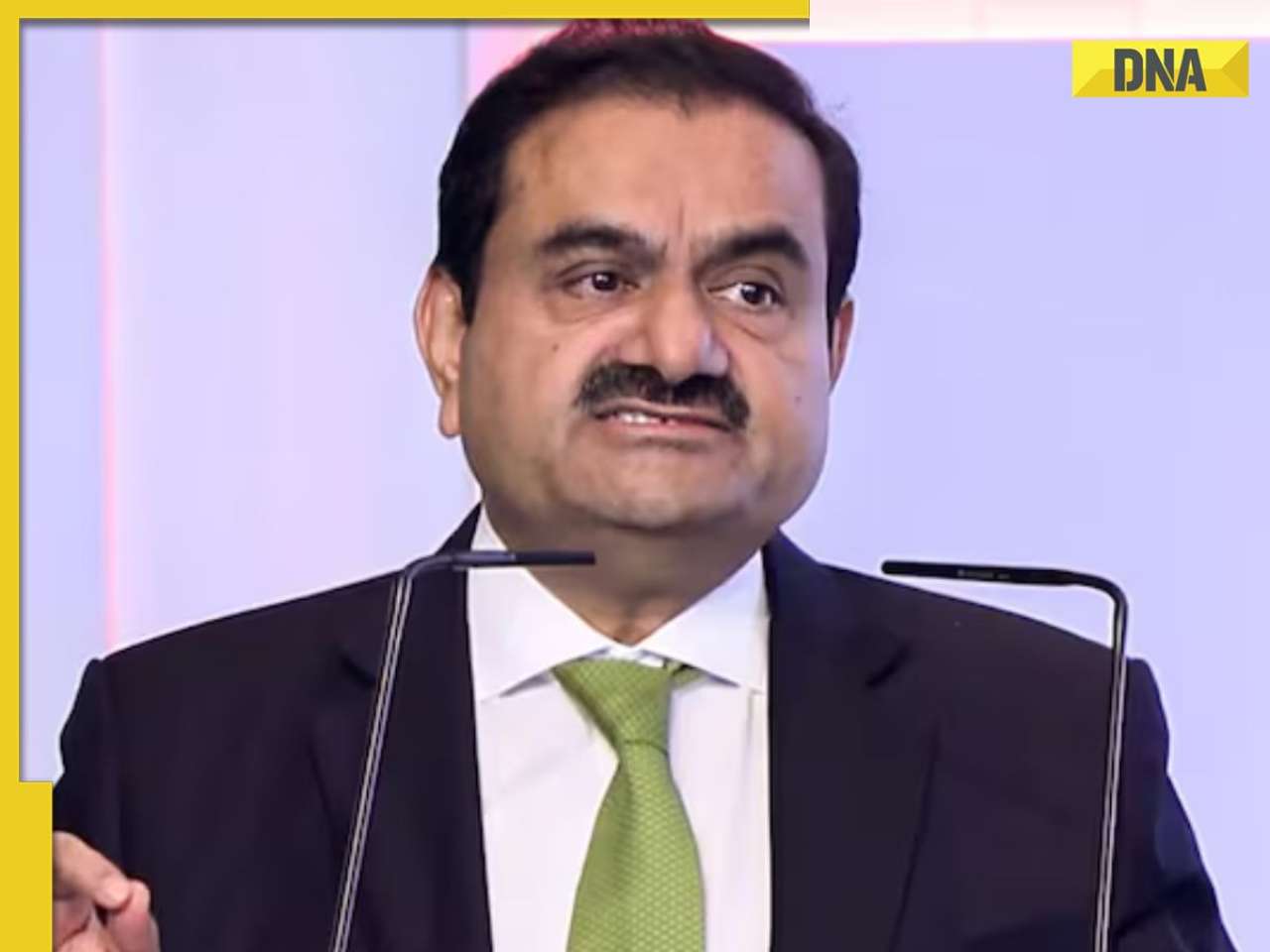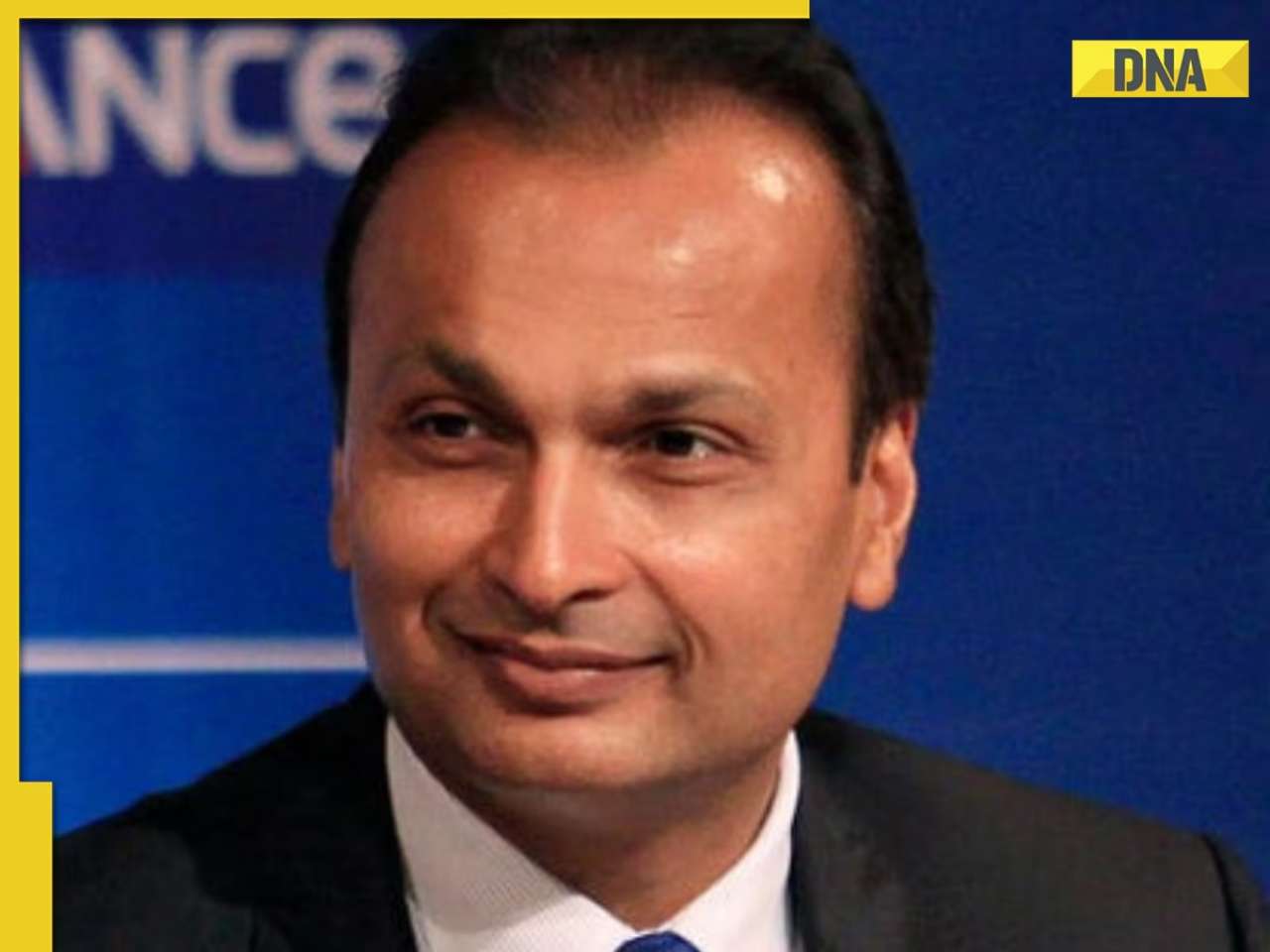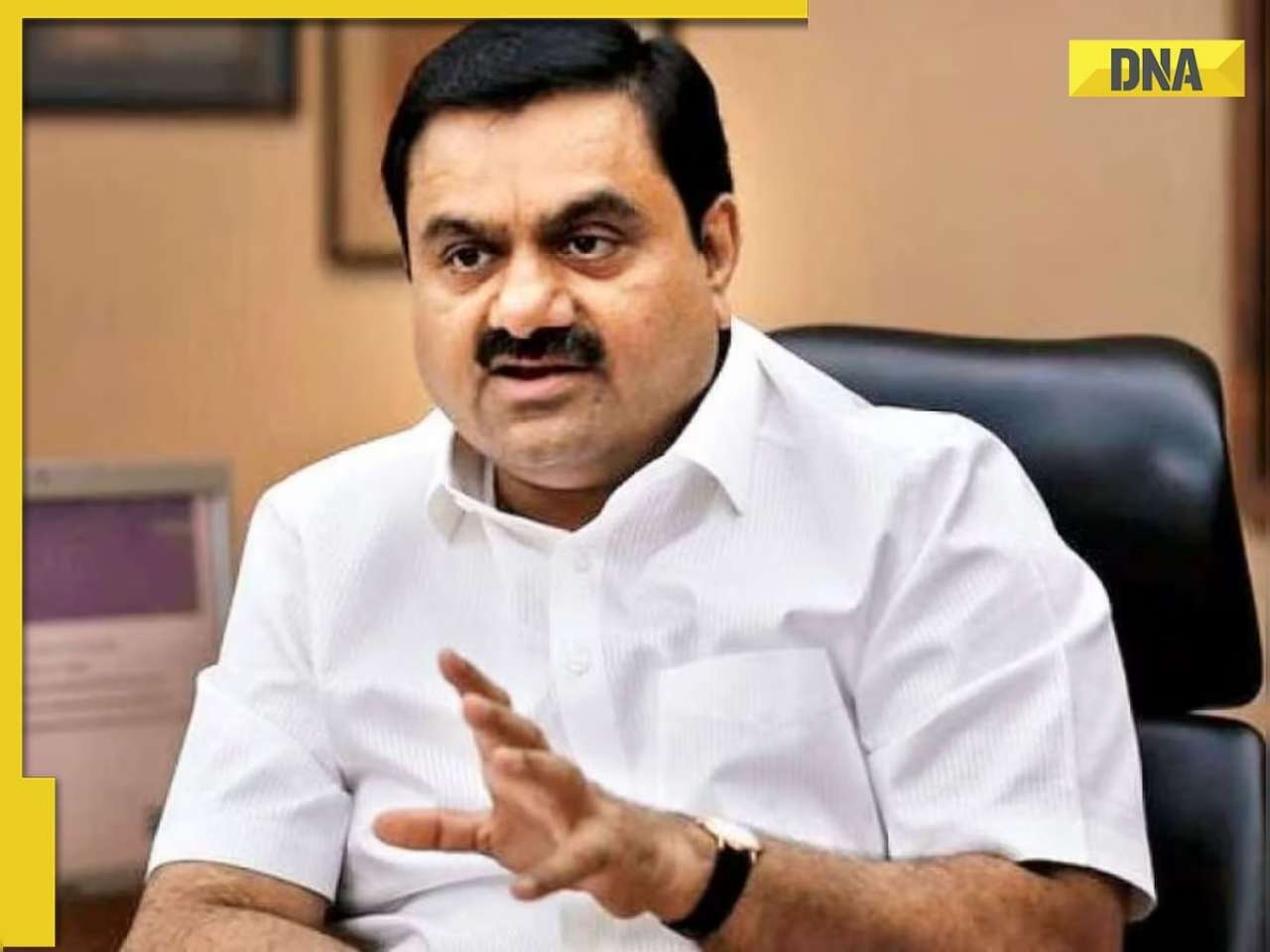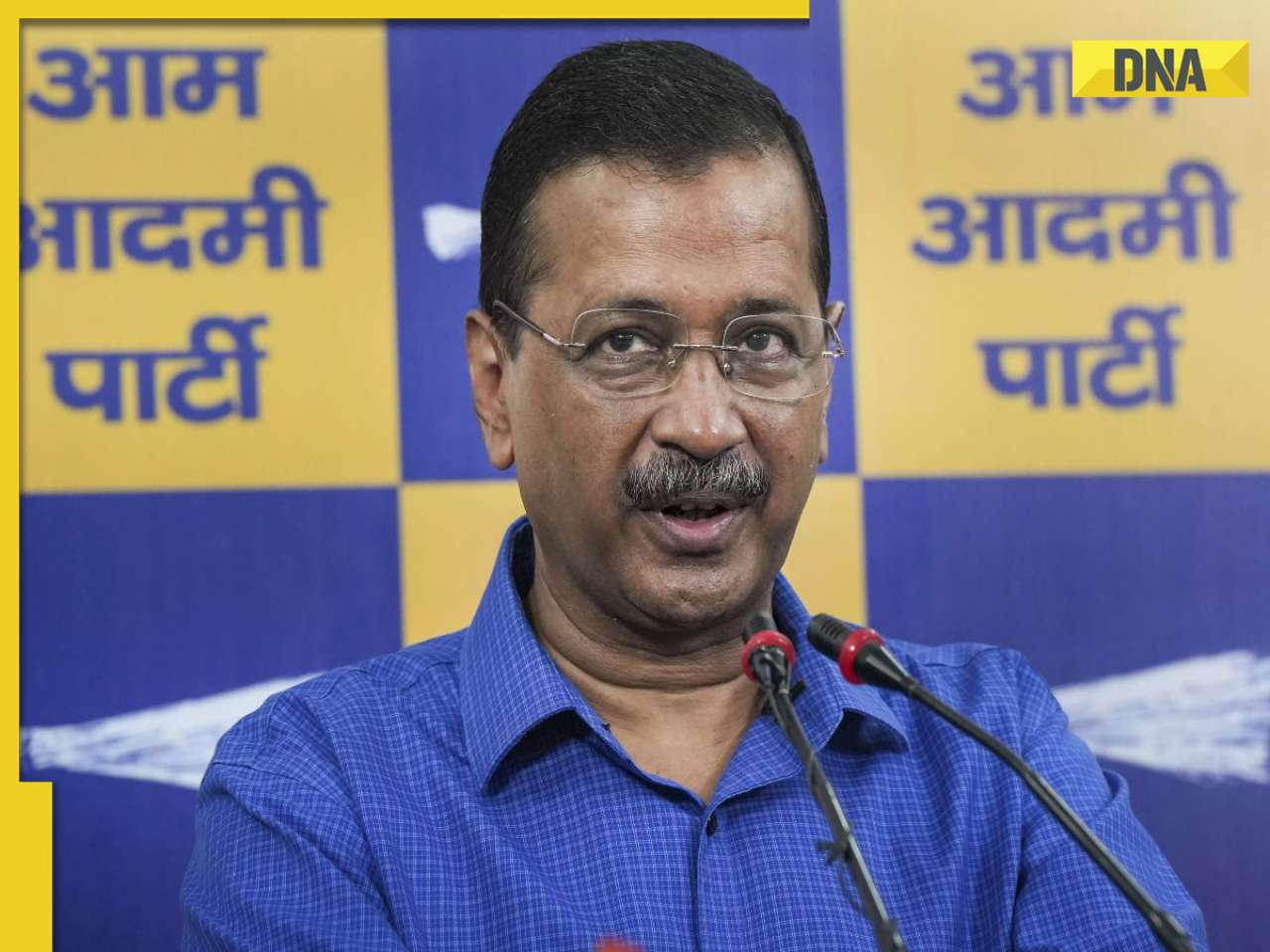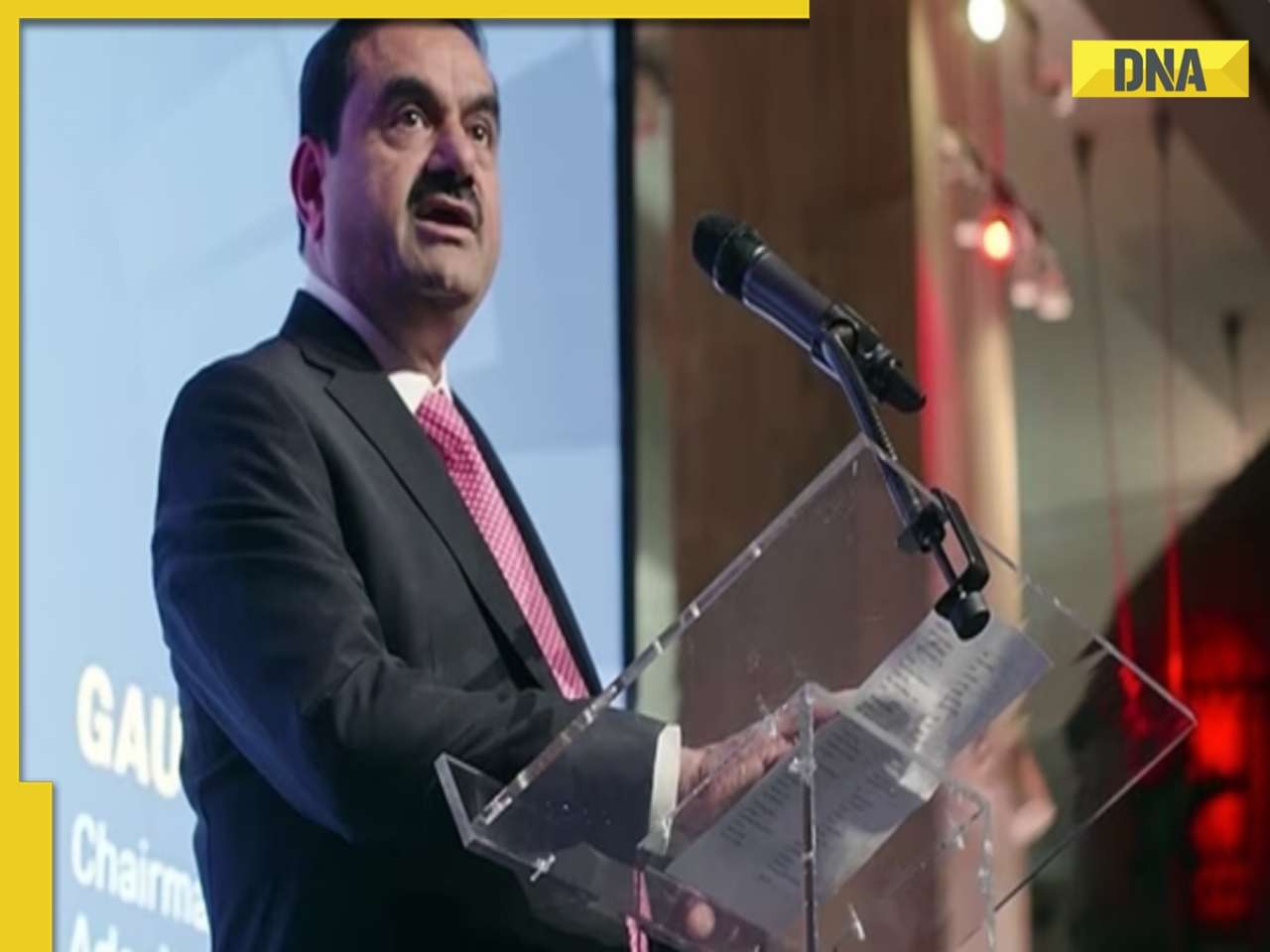- LATEST
- WEBSTORY
- TRENDING
ANALYSIS
Elevating Indigenous Defence Manufacturing: India to forge domestic ecosystem with S-400 air defence squadrons
In 2018, India made a deal with Russia to purchase five S-400 squadrons for about INR 40,291 crore ($5.43 billion) which includes 6,000 missiles.
TRENDING NOW
MEDIA REPORTS SUGGEST THAT, AFTER the Indian Air Force (IAF) receives all five squadrons of the S-400 air defence system, plans will be made to start producing parts of this system in India. India has received three S-400 squadrons so far and they have reportedly been used to intercept airstrikes along the borders with China and Pakistan. The S-400 air defence system can stop any kind of air attack from a range of 2 km to 400 km. With this system in place, any air strike from China or Pakistan can be fully prevented.
In 2018, India made a deal with Russia to purchase five S-400 squadrons for about INR 40,291 crore ($5.43 billion) which includes 6,000 missiles. So far, three squadrons have been delivered and are stationed near Pathankot and Siliguri, and in Rajasthan. The remaining two squadrons are expected to arrive in the next 12-24 months.
The next two S-400 air defence missile squadrons will be arriving in India from Russia by third-quarter 2026, according to local media reports. Specifically, defence sources mentioned by India Today indicate that these final squadrons will arrive by August 2026. This delivery will significantly enhance India’s air defence system.
The S-400 squadrons will be stationed at various locations throughout India and, if needed, two maintenance centres might be set up in the country. In the second phase, steps will be taken to begin producing essential parts for the system in India. To achieve this, the Russian company will team up with an Indian company and offer technical support. They will also provide the necessary technology. The project is expected to be completed by 2028.
A top source in India’s defence industry has revealed that an agreement is nearly complete between an Indian company and Russian manufacturer Almaz-Antey State Corporation to handle the maintenance and repairs of S-400 air defence systems in India, according to information made available by Russian media outlet Sputnik. This will be a partnership between Indian and Russian companies. The Russian manufacturer will offer technical support to the Indian partner and assist in setting up the required infrastructure.
CONTROVERSIAL AIR DEFENCE SYSTEM
The S-400 Triumf is one of the world’s most advanced air defence systems. It can track and destroy various incoming threats, including aircraft, missiles and drones from very long distances.
According to Almaz-Antey, the S-400 system can intercept a wide range of threats, including early warning aircraft, strategic missile carriers, tactical and theatre ballistic missiles and medium-range ballistic missiles, even in challenging radio environments. Due to its advanced capabilities, the S-400 has become one of Russia’s most controversial arms exports and a significant source of tension between Washington and Moscow.
The Center for Strategic and International Studies (CSIS) missile defence project reports that the development of the S-400 started in 1993, but faced delays due to the collapse of the Soviet Union. The system was first tested in 1999/early-2000 and became operational in 2007. The S-400 is a higher version
of the S-300 system. It has been designed by the Almaz-Antey Central Design Bureau. In 2015, Russia deployed the S-400 in Syria to protect its military assets; it has also been stationed in Crimea.
VERSATILE & HIGHLY MOBILE SYSTEM
The S-400 is a highly mobile air defence system. It comes with a 3-D phased array radar that can track about 300 targets up to 600 kilometres away. The system includes a command-and-control centre, automatic tracking and targeting systems, launchers and support vehicles.
The S-400 uses four different types of missiles, each designed for different ranges: up to 40 km, 120 km, 250 km and a maximum range of 400 km. These missiles can reach altitudes of up to 30 km. This variety in range and altitude helps create a layered defence network.
An S-400 battalion has eight launchers, with each launcher typically carrying four missiles. The command-and-control elements, known as the 30K6E, include the 55K6E combat control post.
(The author of this article is a Defence, Aerospace & Political Analyst based in Bengaluru. He is also Director of ADD Engineering Components, India, Pvt. Ltd, a subsidiary of ADD Engineering GmbH, Germany. You can reach him at: girishlinganna@gmai.com)
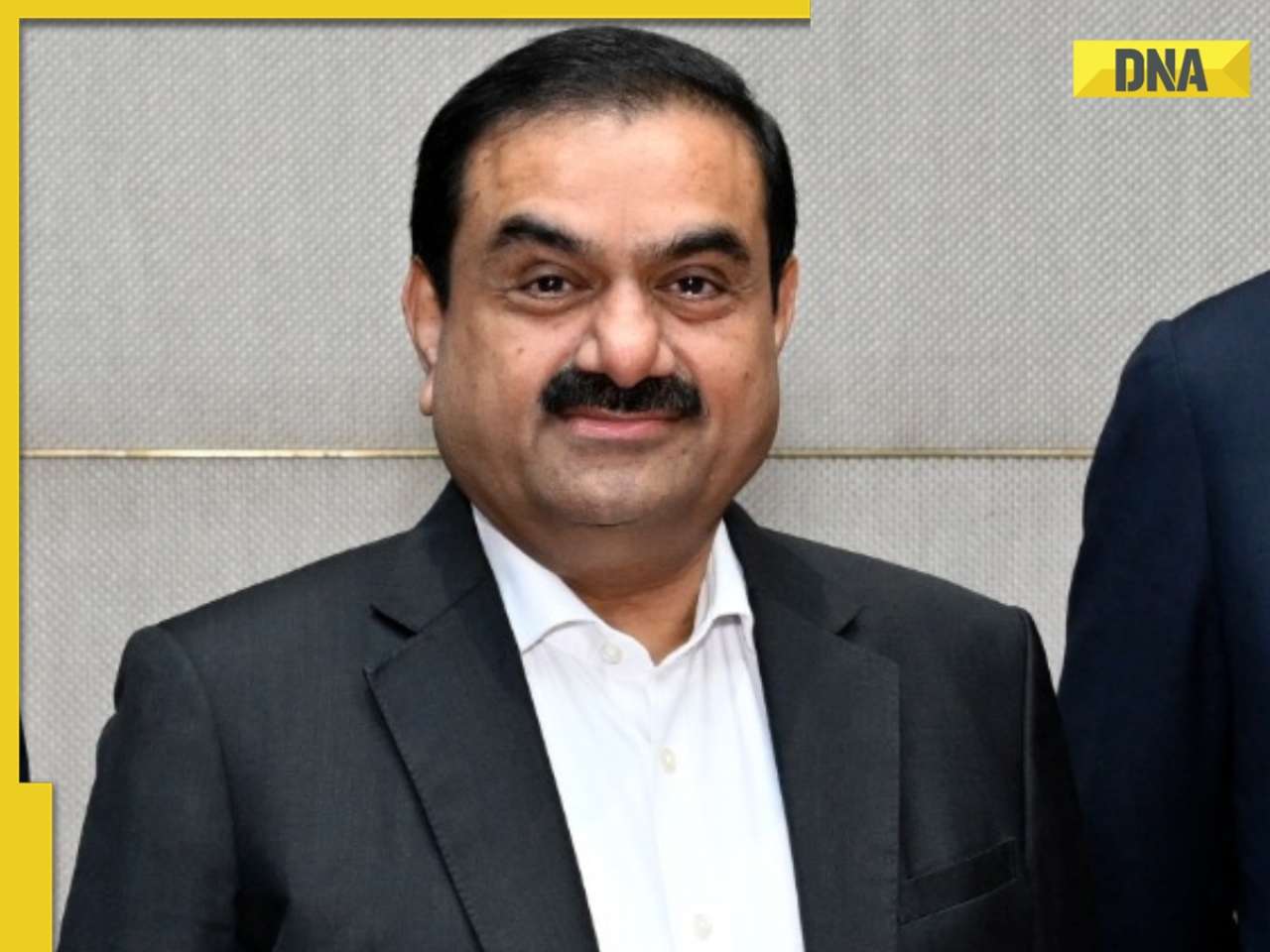






)
)
)
)
)
)
)
)
)
)
)
)
)
)
)
)









